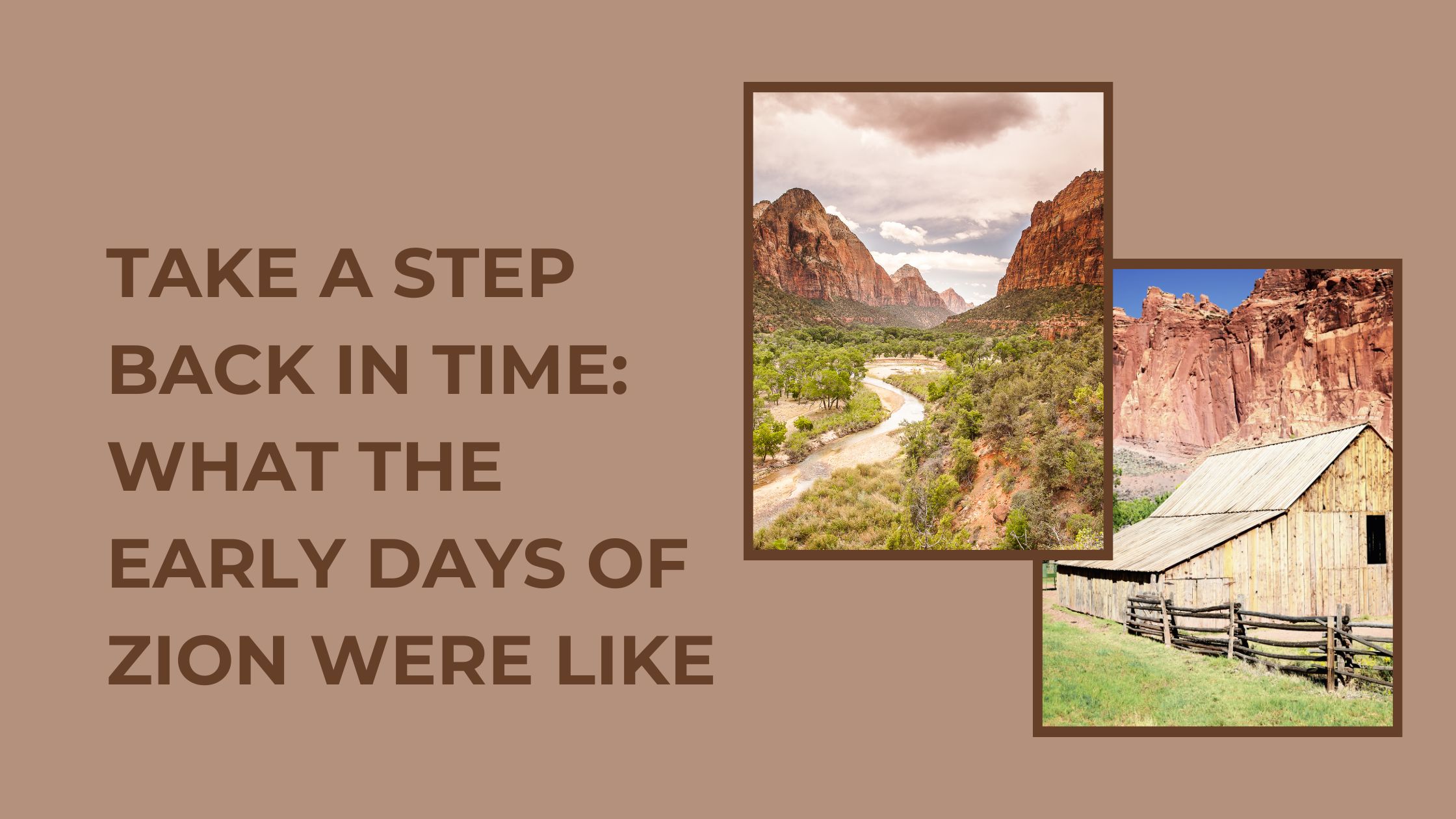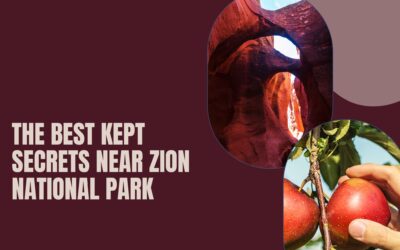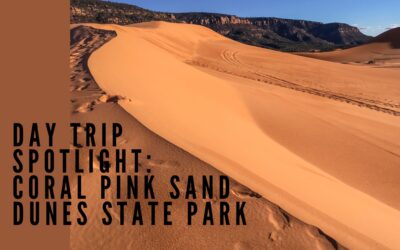This November, Zion National Park will celebrate 105 years of existence. While it changed names a couple of times in its early years and has seen some big changes more recently, many things remain the same.
Take a hike on one of Zion’s trails, and you’ll be treated to the same incredible views that the park’s first visitors saw. Of course, having the ability to return to your Zion hotel for some rest and relaxation at the end of a long day is something you wouldn’t have experienced a century ago. But if you want to get a little closer to an old-fashioned experience, the glamping tents at Zion Wildflower Resort can help—though with the addition of air conditioning, real beds, and hot showers.
Plenty of other changes have taken place in and around the park since 1919. Just outside of the popular South Entrance, Springdale is now filled with hotels, restaurants, and shops where thousands of tourists eat, shop, and sleep each day. But 100 years ago, this tiny town was little more than a name on a map. Inside the park, guests now use the Zion Canyon Shuttle or their personal vehicles to traverse the winding paved roads. The park’s first visitors often made their way to Southern Utah by train and largely explored the park on foot as the roads that did exist were rough.
If you’re wondering what else was different 100 years ago, keep reading. We’re breaking down a little about the history of this iconic park and what the first visitors to Zion National Park would have experienced.
Zion Wasn’t Always Zion
Before the land that is now Zion became a national park, it had been the home and hunting/gathering grounds of Native American tribes for thousands of years. Some twelve thousand years ago, some of the first people to arrive in the park tracked mammoths, camels, and ground sloths across what is now Southern Utah. A few thousand years later, tribes farmed the lush soil near the Virgin River, a welcome reprieve to the deserts just a short distance away.
European explorers arrived in Zion Canyon in the late 1700s. Fur trappers first scouted and mapped the region. They paved the way for later settlers, a group of Mormon pioneers who built the first homestead near where the Zion Lodge is now located in 1863. But flash floods and droughts plagued these early settlers, who later abandoned their homes and farms in search of better conditions.
Around the same time that settlers were leaving what is now Zion, photographers and artists were taking note of the incredible landscapes of the Canyon. Some of their work landed at the 1904 World’s Fair in St. Louis, Missouri. They captured the attention of Washington, D.C., and in 1909, President William Taft dedicated the area as Mukuntuweap National Monument. By 1908, residents urged the new National Park Service to change the name to Zion National Monument. Just a year later, it officially became a national park.
The Early Years of Zion National Park
When Mukuntuweap National Monument was formed, no paved roads or park facilities had been built. Visitors to the national monument had only the rugged dirt roads cleared by those early farmers to get into the canyon. Because the roads had been created by farmers with limited resources, there were no tunnels, mountain passes, or bridges. The Zion-Mt. Carmel Tunnel wouldn’t be built until the 1920s. This means that getting to and from the monument was a long and difficult journey. At this time, there weren’t even campgrounds, leaving visitors to set up their own primitive campsites during their visit.
The first official lodging near Zion National Park was built a few years after the national monument was formed. Called Wylie Way Camp, the first campground in the park followed a concept set up at other national parks like Yellowstone and the Grand Canyon. It featured primitive canvas tents for sleeping and dining. It was located close to where the Zion Lodge is located today. The light was provided with gas lanterns—indoor plumbing, or even outhouses, didn’t exist.
Campers ate together in a dining room tent, complete with linen napkins and waiters who served tourists. To get to the camp, visitors could pay for an 8-hour auto tour to and from Lund, where most would catch a train to get there and return home. Once in the park, visitors could rent horses, human guides, or pay for additional auto tours on what little roadways existed in the park.
Planning a Zion Hotel Stay Today
Nearly 105 years after the national park was created, visiting Zion is a lot different today. It’s not just the modern amenities that await you at a Zion hotel like Zion Wildflower Resort. Developed trails, accessible shuttle buses, running water, and even the Visitor Center all help enhance your experience in the park. But don’t worry; with the right hiking trail, it’s still possible to experience the peace and quiet that the park’s first visitors got to enjoy.
Ready to start planning your own Zion hotel stay? Now is a great time to book a stay at Zion Wildflower Resort. From now until August 31, when you book a stay of three or more nights, you’ll enjoy a 25 percent discount on your stay. Book today to take advantage of these savings!








